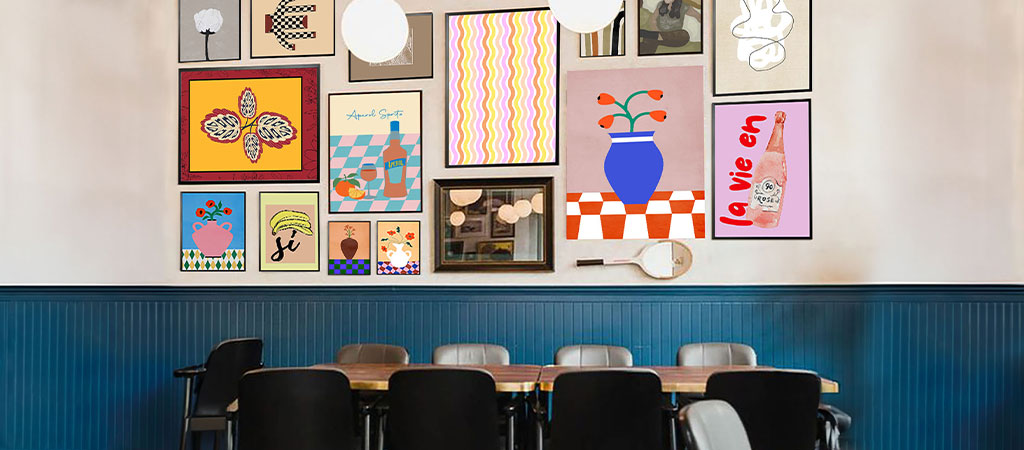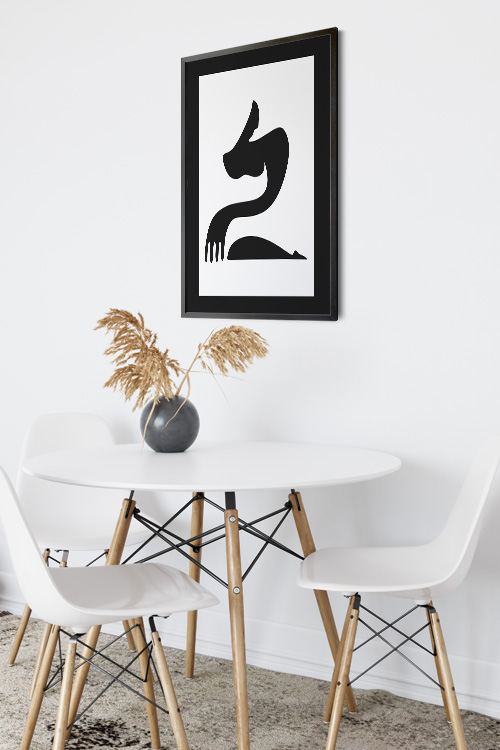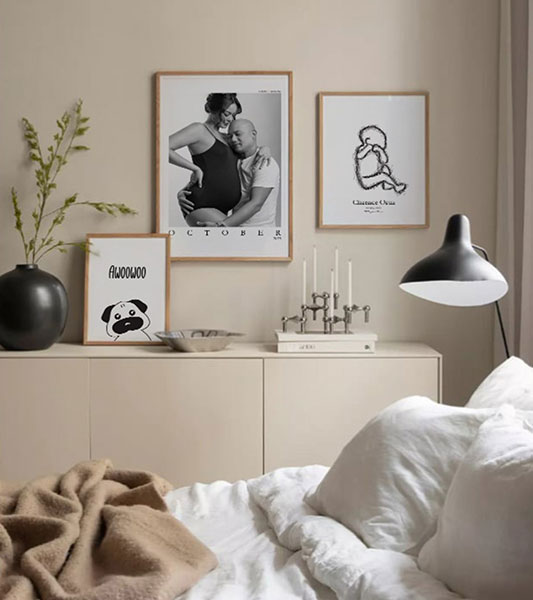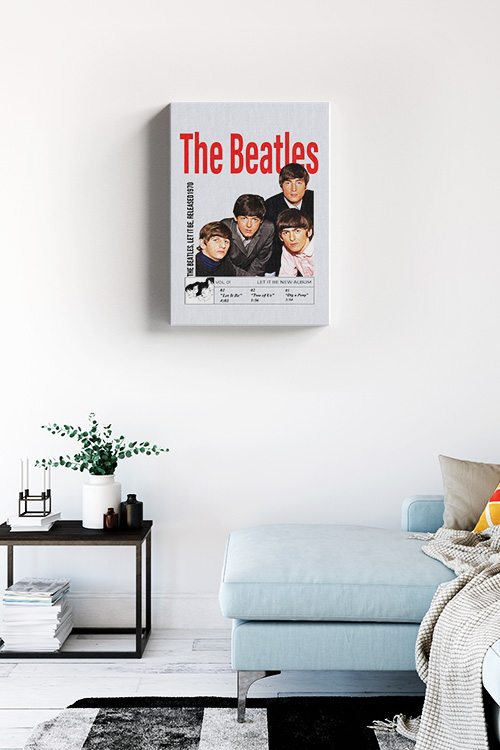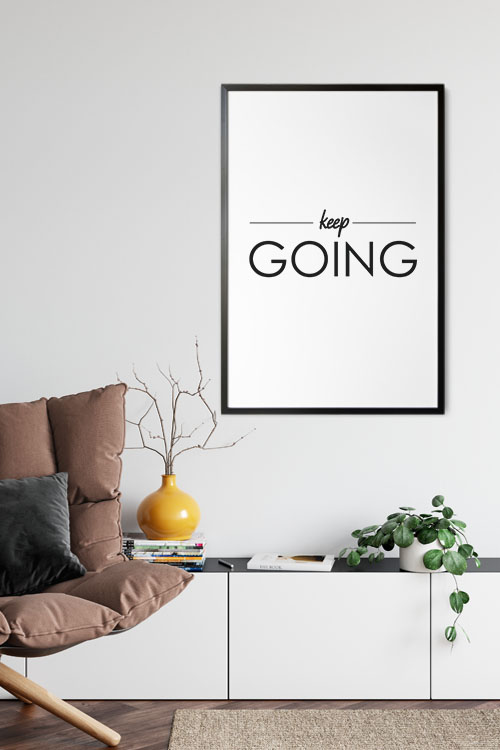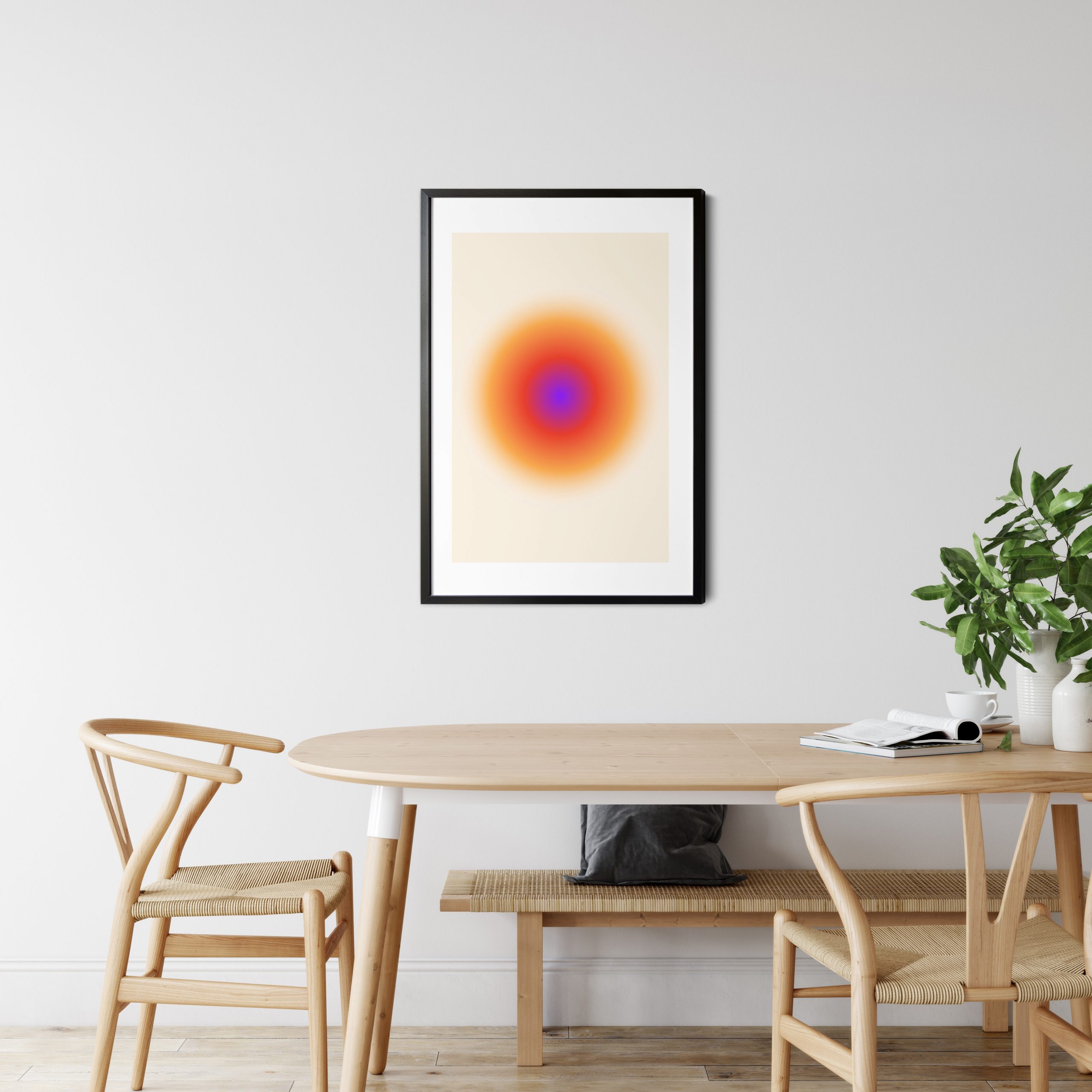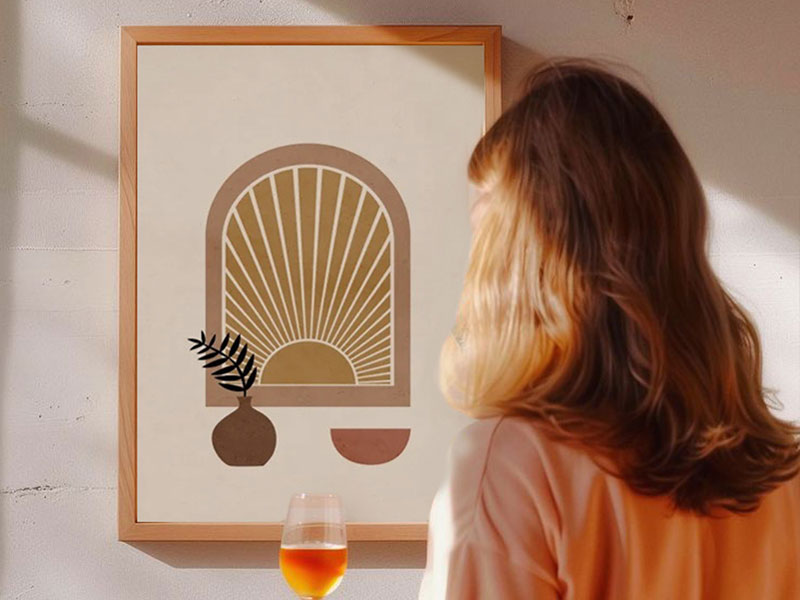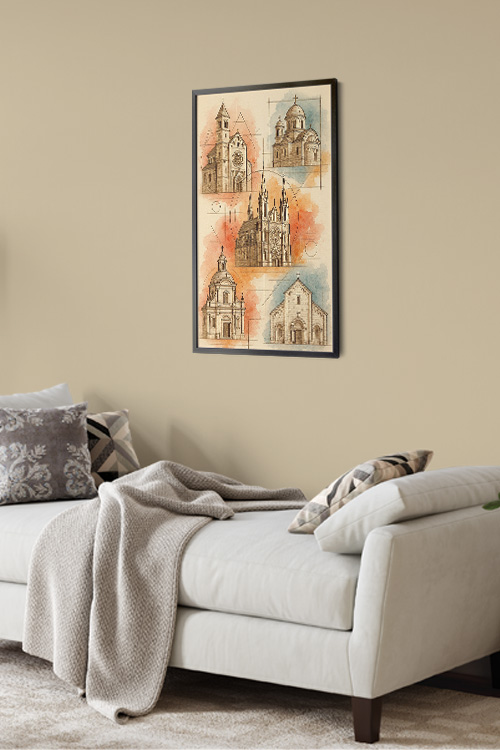
Sometimes, all your home needs is a little refresh to feel new and inviting again. You don’t need a complete renovation or a big budget – just a few simple changes can breathe new life into your space. Here are some easy, affordable ways to give your home a fresh update.
Rearrange Your Furniture
One of the quickest and cost-free ways to refresh a room is by rearranging your furniture. It’s a simple yet powerful tool that puts you in control of your space. Experiment with different layouts to find a new flow. You might be surprised at how much better a room can feel just by rearranging its contents.
Add a Pop of Color
Introducing color into your space can instantly transform the mood. Choose bold hues for a dramatic effect or soft pastels for a calming vibe. Even a single accent wall painted in a new shade can make a significant impact, showing the potential for a whole new look with just a splash of color.
Swap Out Textiles
Changing out textiles, such as blankets, cushion covers, or bed linens, is a simple way to refresh your decor seasonally or whenever you need a change. Opt for lighter fabrics in the summer and cozy textures in the winter to keep things feeling fresh and comfortable.
Bring in Some Greenery
Plants are a great way to add life and vibrancy to your home. Whether you choose fresh flowers, potted plants, or hanging greenery, they can brighten up any room and also improve air quality. Even faux plants can offer a similar aesthetic without the maintenance.
Update Lighting
Switching out old lampshades or installing new light fixtures can modernize your space. Try using different types of lighting, like floor lamps, string lights, or sconces, to add layers and warmth.
Declutter and Organize
Sometimes the best refresh is simply clearing out what you no longer need. Decluttering surfaces and organizing shelves or drawers can make a space feel cleaner, larger, and more relaxing.
Add Personal Touches
Incorporate personal elements, such as family photos, travel souvenirs, and art prints. These items make your home feel more “you” and tell your unique story, adding a layer of warmth and comfort to your space.
In a Nutshell
Refreshing your home doesn’t have to be expensive or time-consuming. With just a few thoughtful changes, you can create a space that feels new, inspiring, and entirely your own. So go ahead! Try one or two of these ideas today and enjoy the fresh energy they bring to your home.
